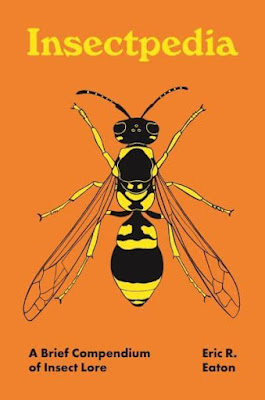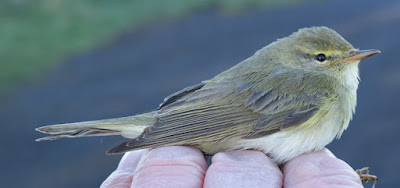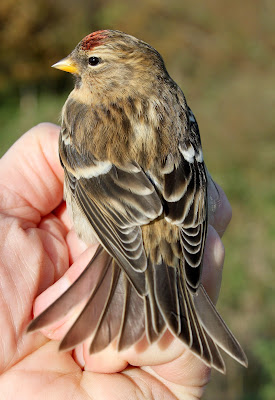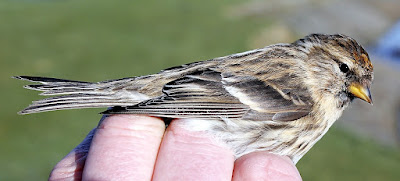Tuesday 19 April - There was no traffic on the road when in the semi darkness a Barn Owl drifted across the road ahead. It’s a regular spot for Barn Owls and best visited when there’s a little more light. I pulled up, clicked a few shots and then motored on to my real destination.
Barn Owl
When I arrived at the Pilling ringing site, all was quiet and the temperature gauge showed -1.5°C so I elected to employ just two nets, one at a time, so as to warm my hands in between. I reckoned that there would not be too many new birds around following the clear frosty night.
I was right. Just 4 birds caught, 2 Blackcaps (male and female), 1 Reed Bunting and 1 Willow Warbler.
Blackcap
Blackcap
Reed Bunting
Willow Warbler
There was little else to see or to hear during the “one bird an hour” session. Although local reports mention other insectivores like Whitethroat, Lesser Whitethroat, Grasshopper Warbler , Redstart, Sedge Warbler, Whinchat and Swallows, the numbers are low, and those same species have yet to appear at our ringing site.
Still, it wasn’t too bad sitting in the now warming sun, coffee and hot-cross bun at hand, day dreaming of birds yet to come in May, home or away.
Email news arrived of adult male Lesser Redpoll APN5870 caught at our ringing site Oakenclough, Nr Garstang on 14 April. It was another of the regular south to north movements that we have come to expect with our redpoll captures.
In this case APN5870 was first ringed 62 days before in a suburban garden in Bracknell, Berkshire on 11 February 2022. This redpoll may have wintered in south-east England however I tend to think that it had more likely wintered across the English Channel and in February it was already migrating north to its eventual destination some way north of Oakenclough.
Lesser Redpoll - Bracknell to Oakenclough
Perhaps the redpoll was looking to join with the huge numbers of Lesser Redpolls in the birch woods of Scotland.
While not strictly “garden birds” Lesser Redpolls will visit bird feeders at certain times of year when their natural foods become scarce. The species seems to prefer niger seed (aka thistle or Nyjer), but the seed must be fresh and aromatic when they are more likely to find it and to return day after day. The species’ natural food is the seeds from birch, alder and spruce.
Like most finches, the redpoll family are susceptible to salmonellosis because of their flocking behaviour, therefore garden feeding enthusiasts must have a scrupulous bird feeder cleaning regime.
On Thursday morning I checked out our Sand Martin colony to see how many had arrived and so as to guess when might be the first visit for ringing purposes. A stiff easterly wind blew dust and sand across the face of the colony as about 15-20 Sand Martins circled around.
Sand Martin colony
None seemed interested in returning to old excavations but it was rather a cold morning for builders. I pencilled mid-June into the memory hole.
Nearby were two pairs of Oystercatcher and a pair of Pied Wagtails, both of them probably a little further on with their year than the Sand Martins; especially since the Oystercatcher tried to see me off site in case I found his partner sat on eggs.
Oystercatcher
Back soon with more this and that. Don’t go away.
Linking this weekend to Eileen's Blogspot and Anni in Texas .
.jpg)




.png)











.JPG)










.png)












.jpg)



.JPG)

















.jpg)












